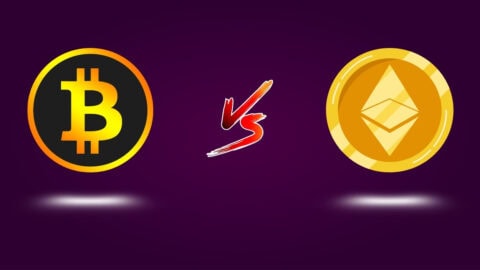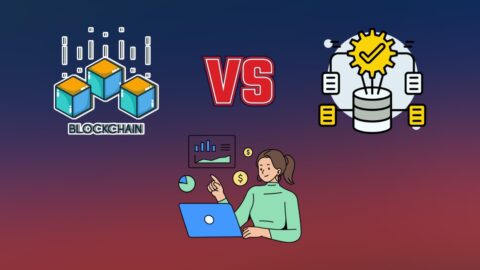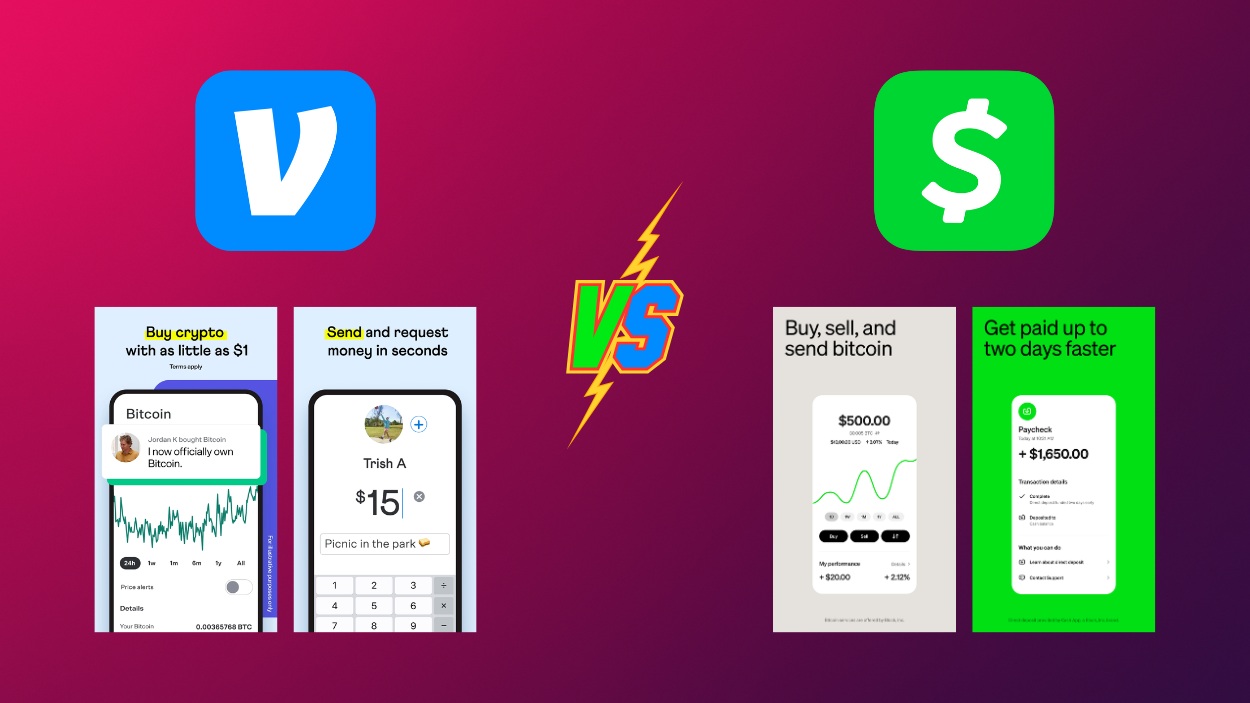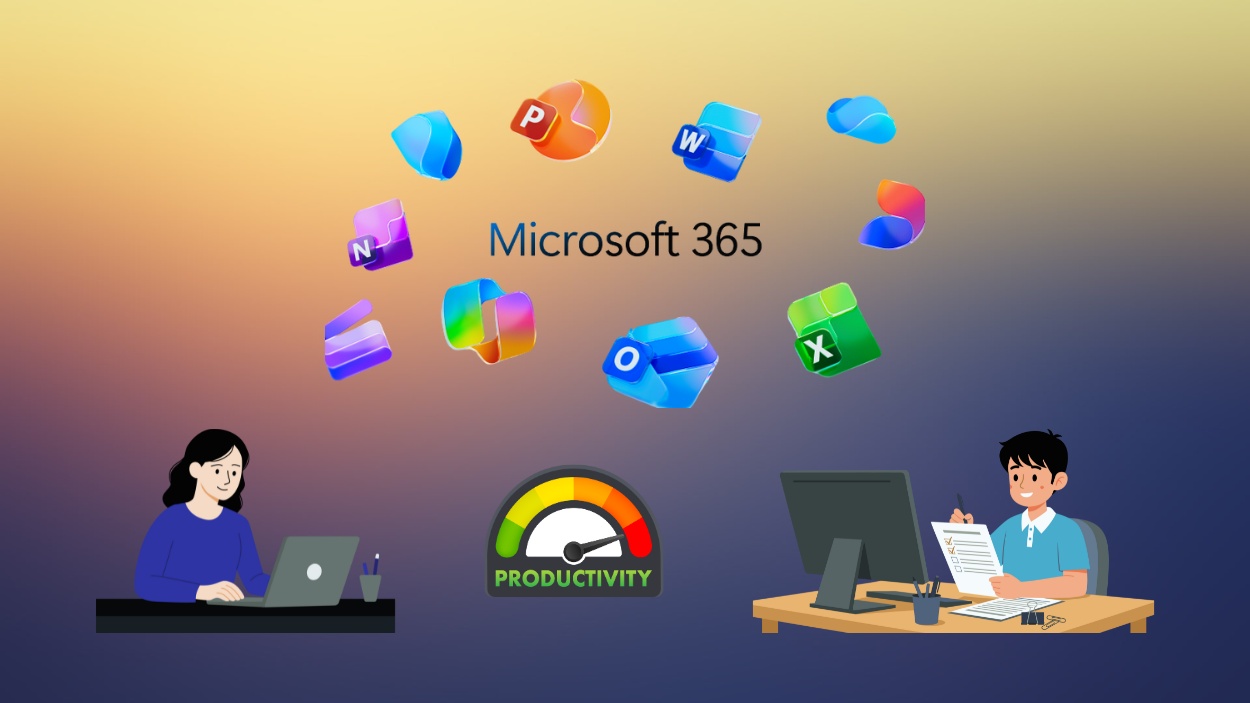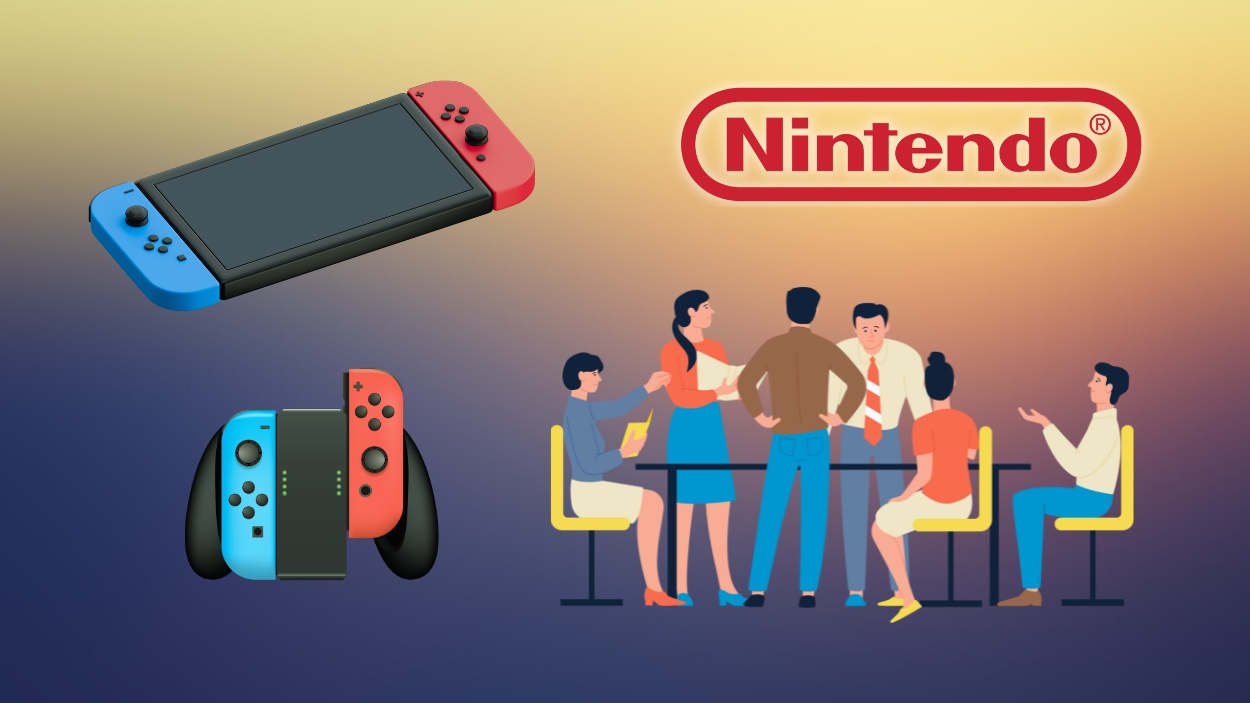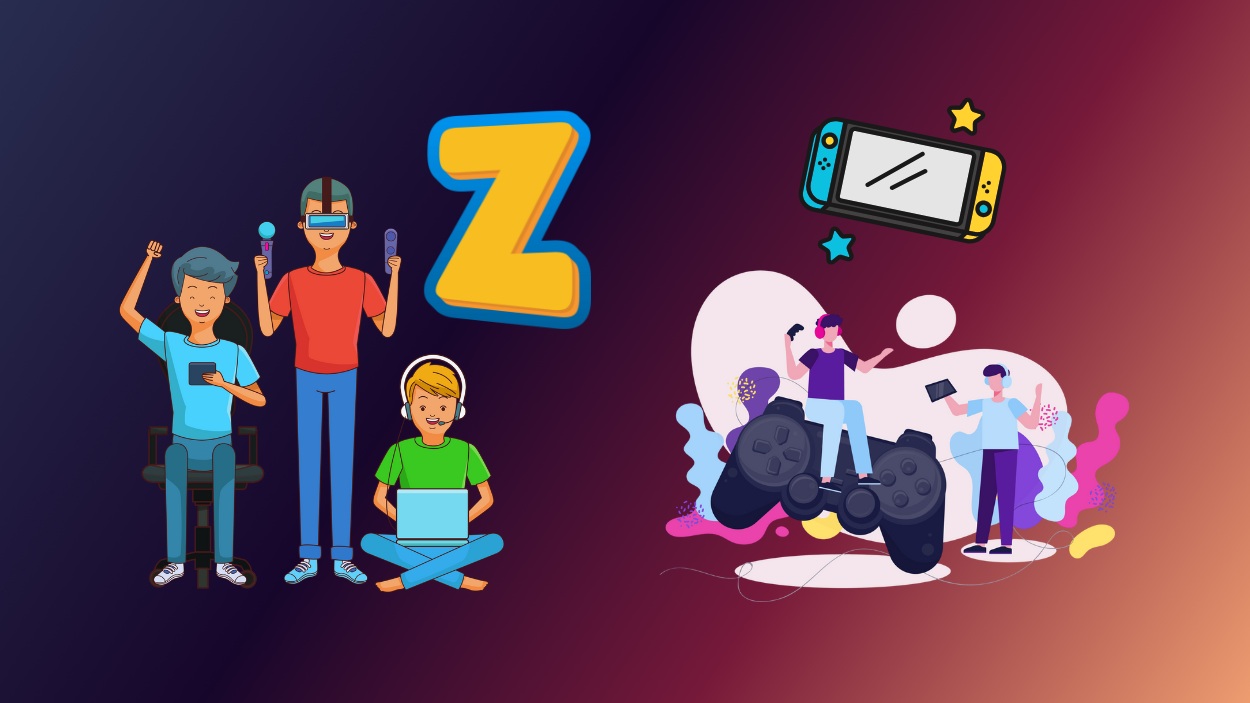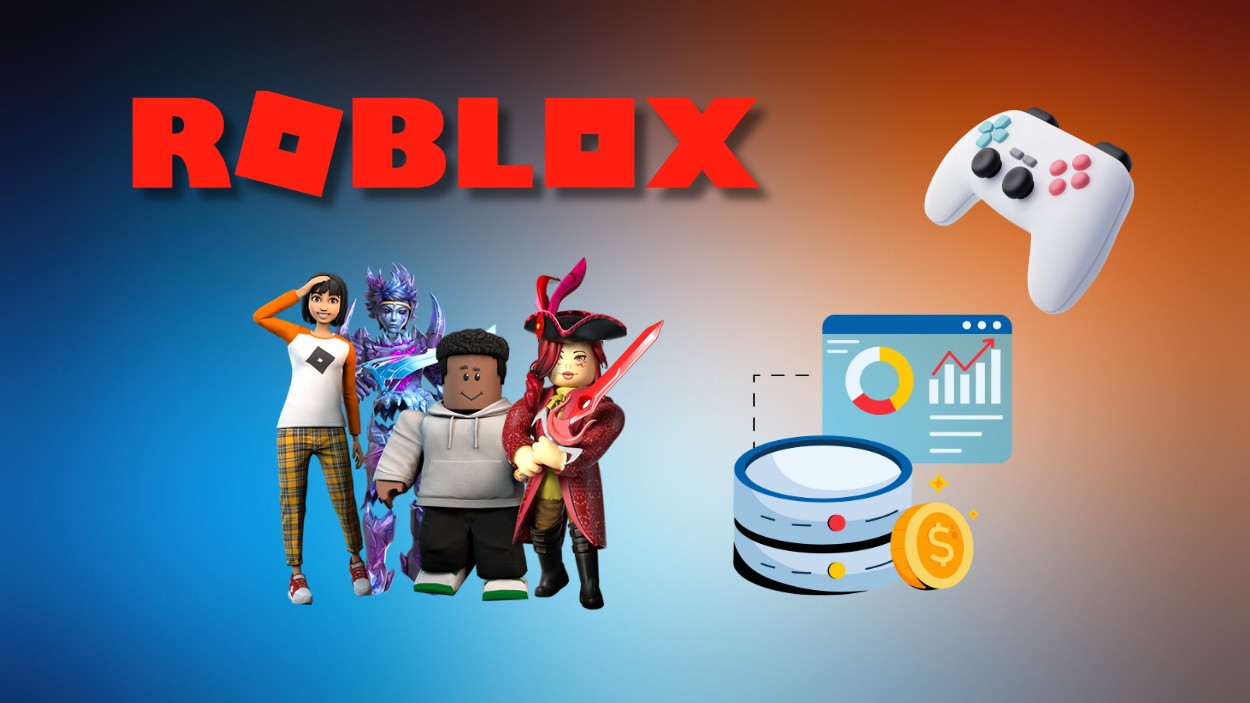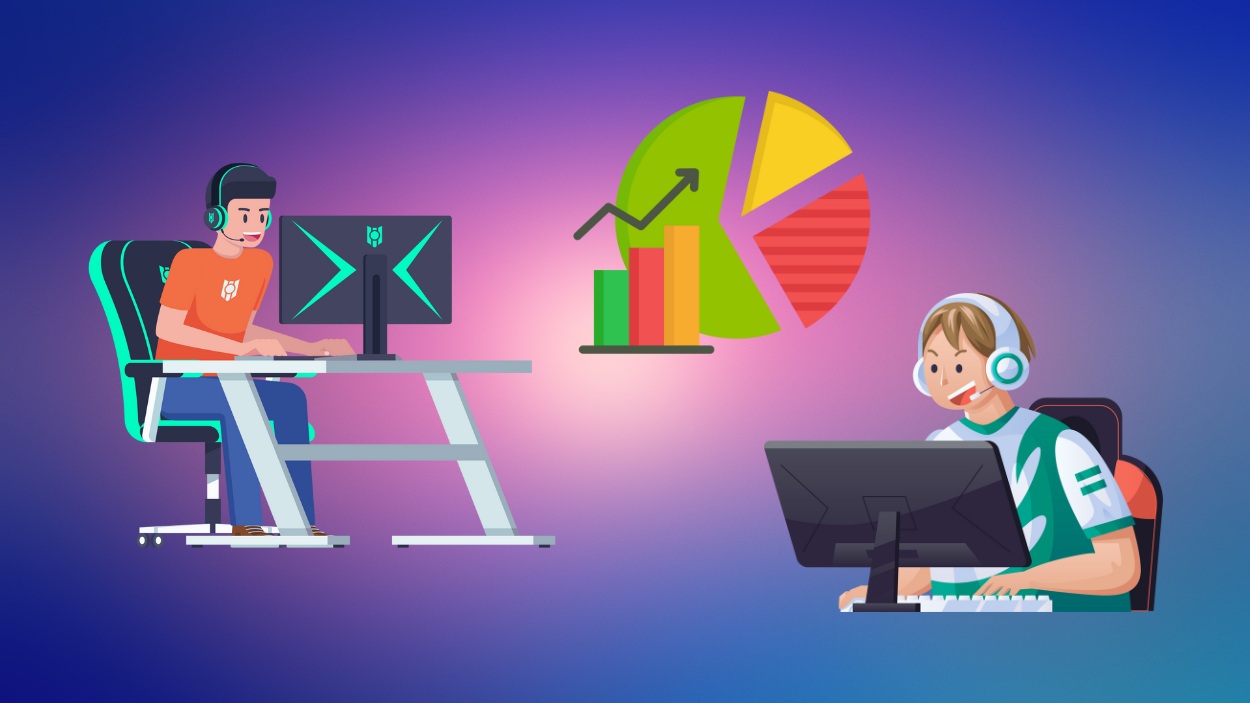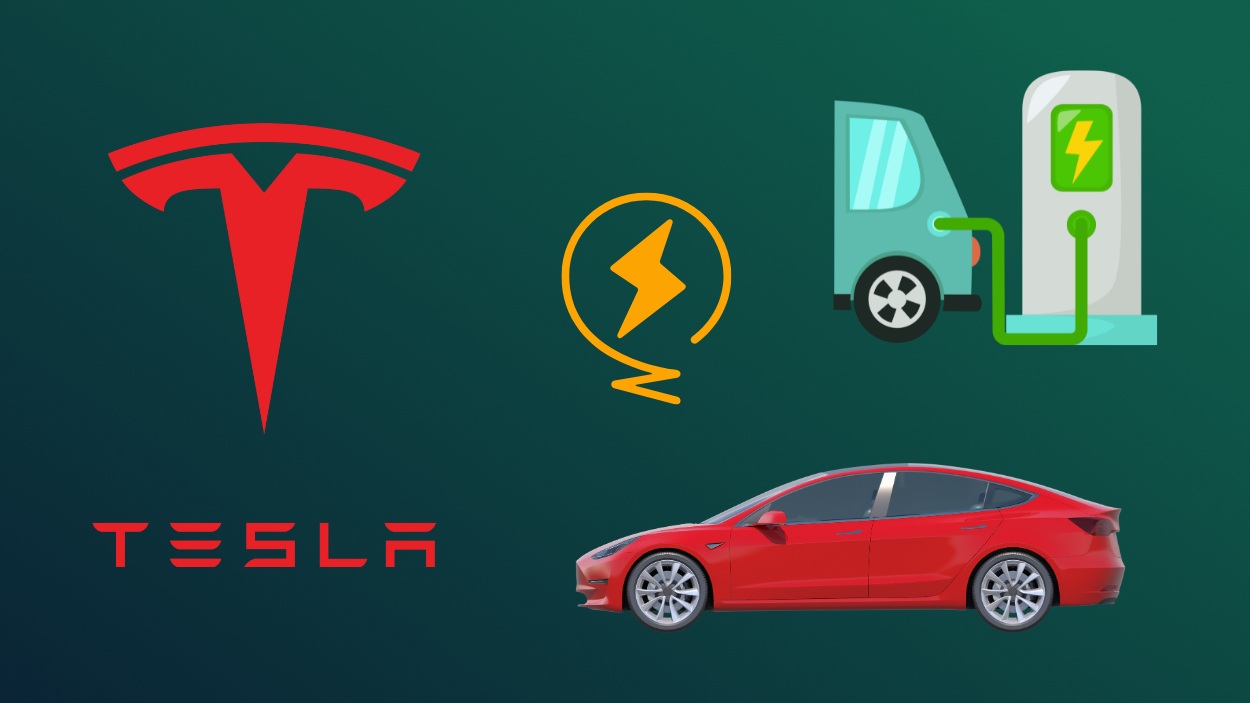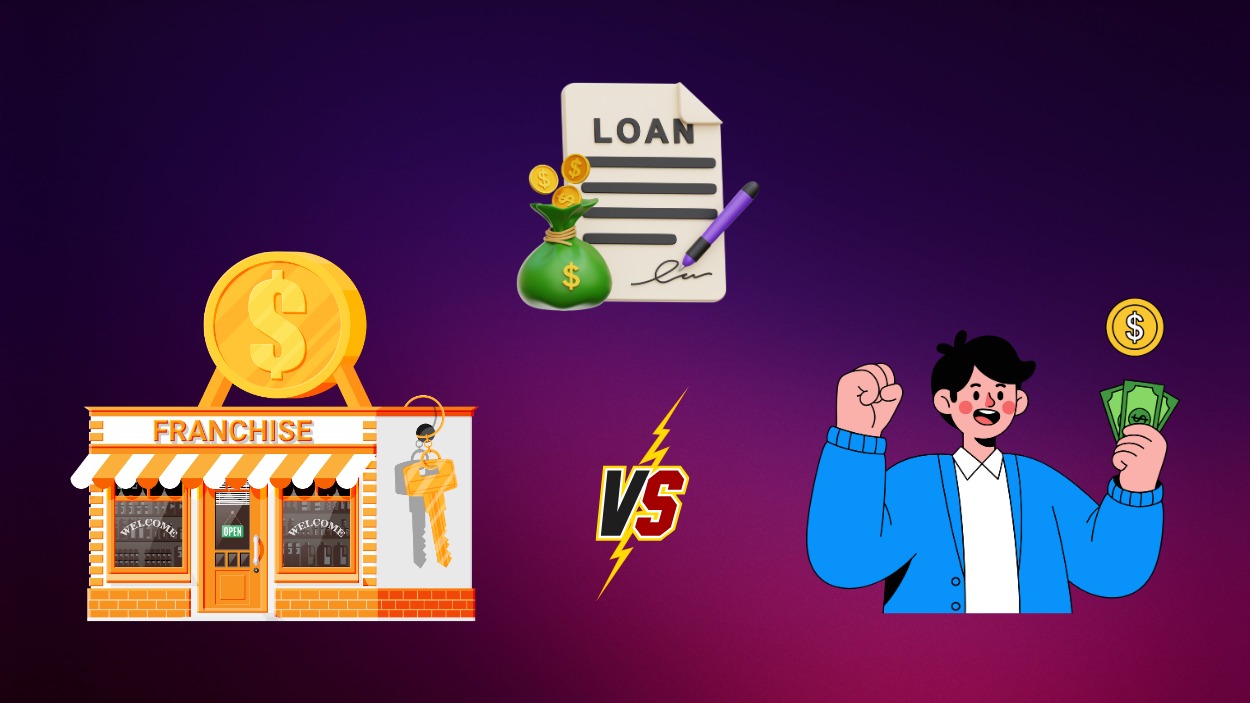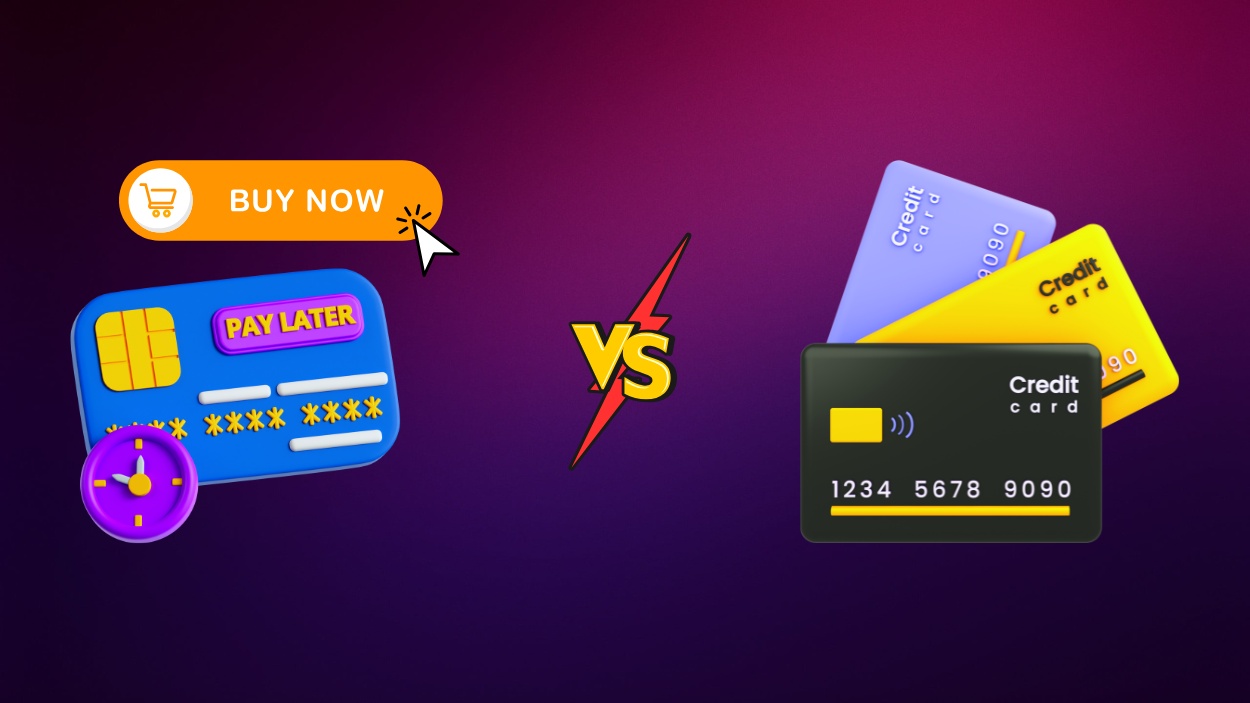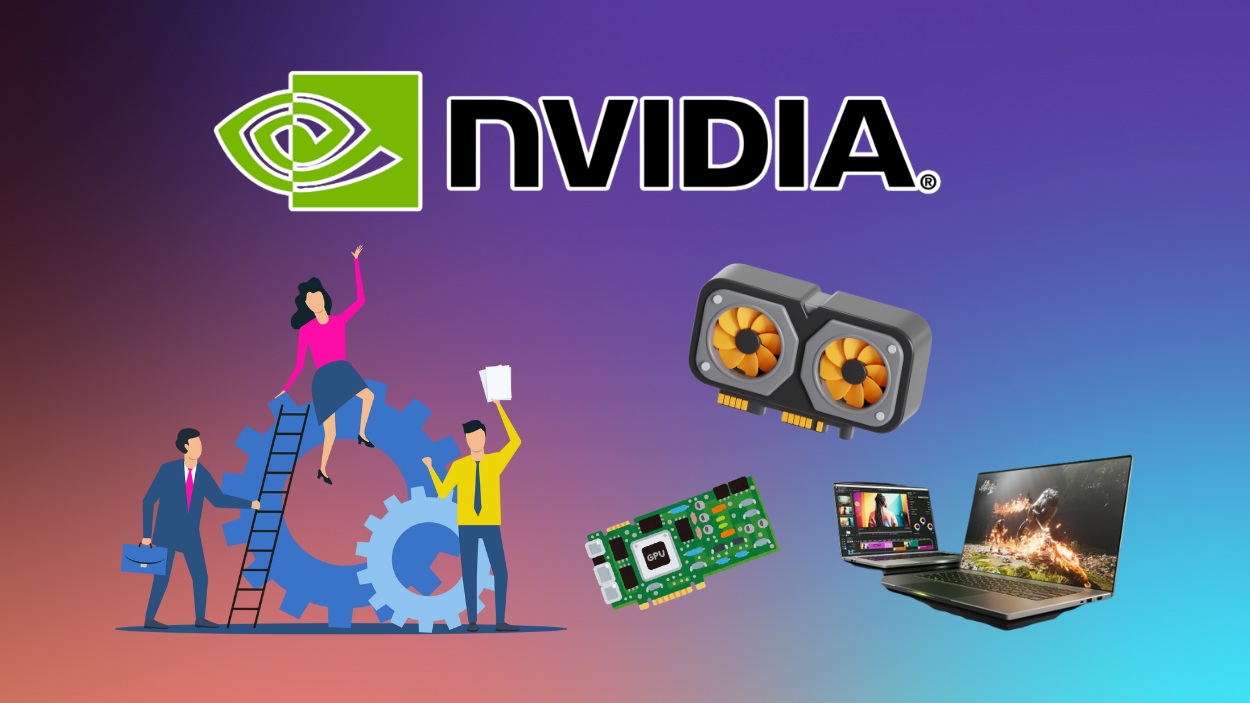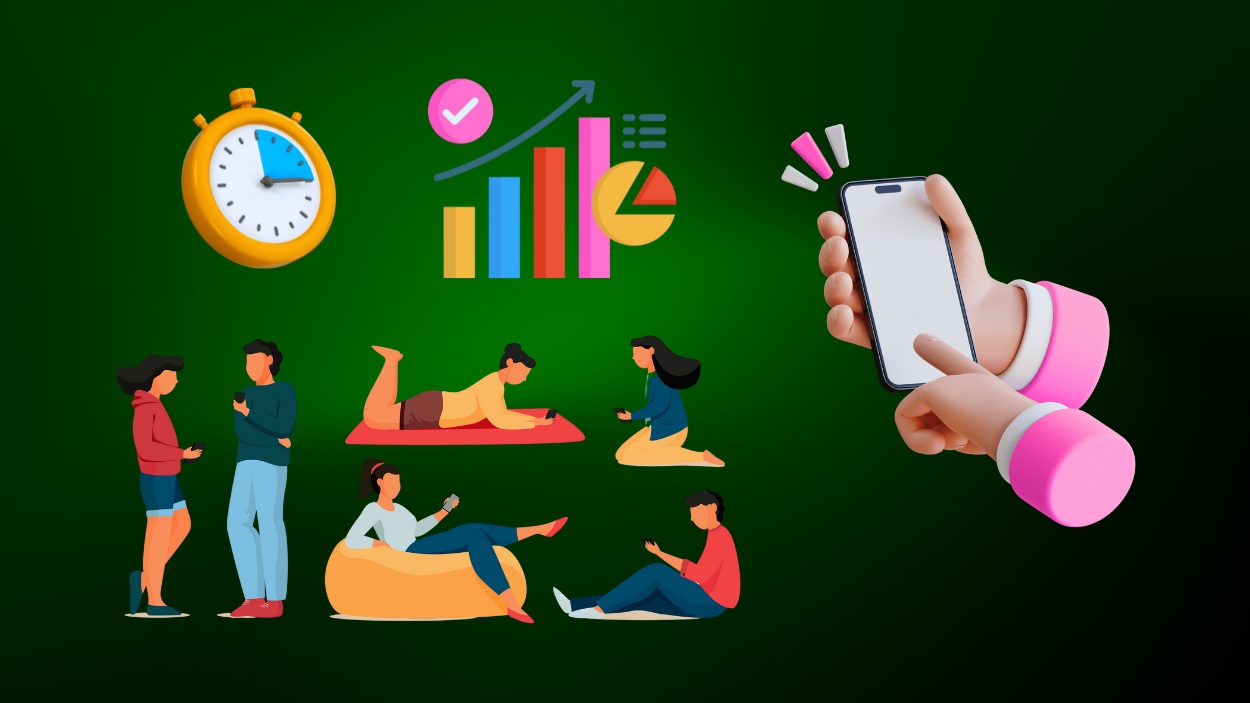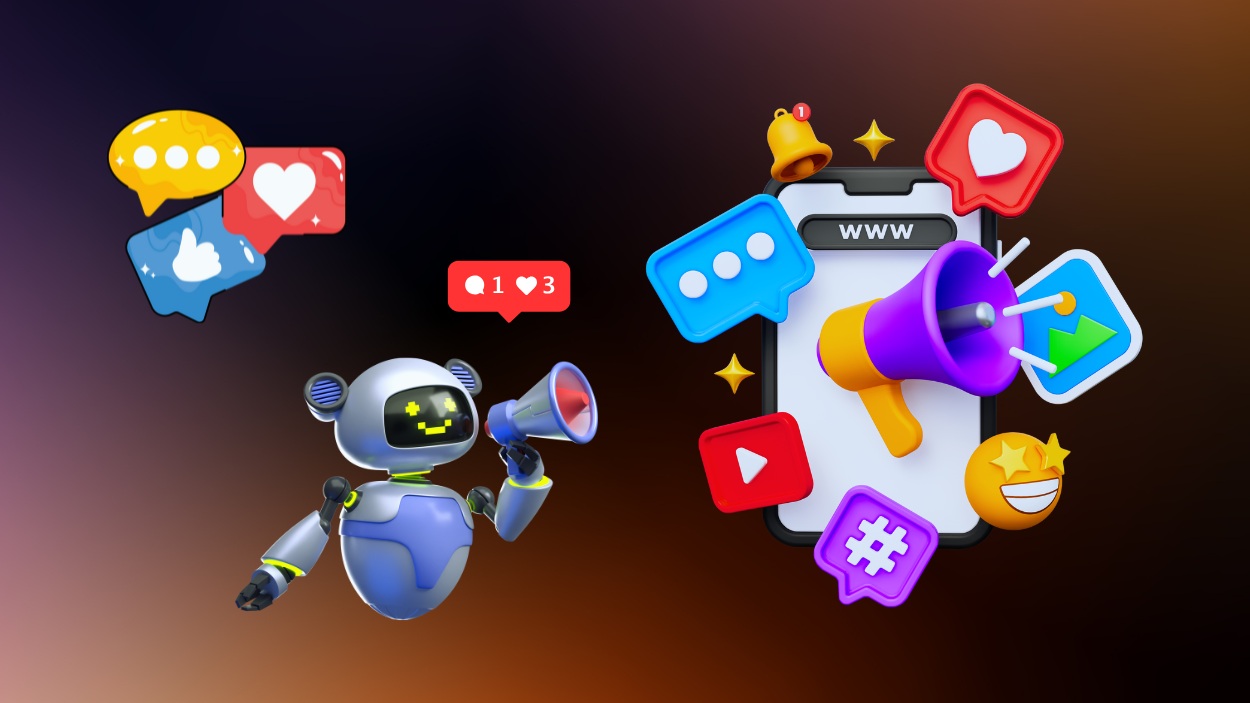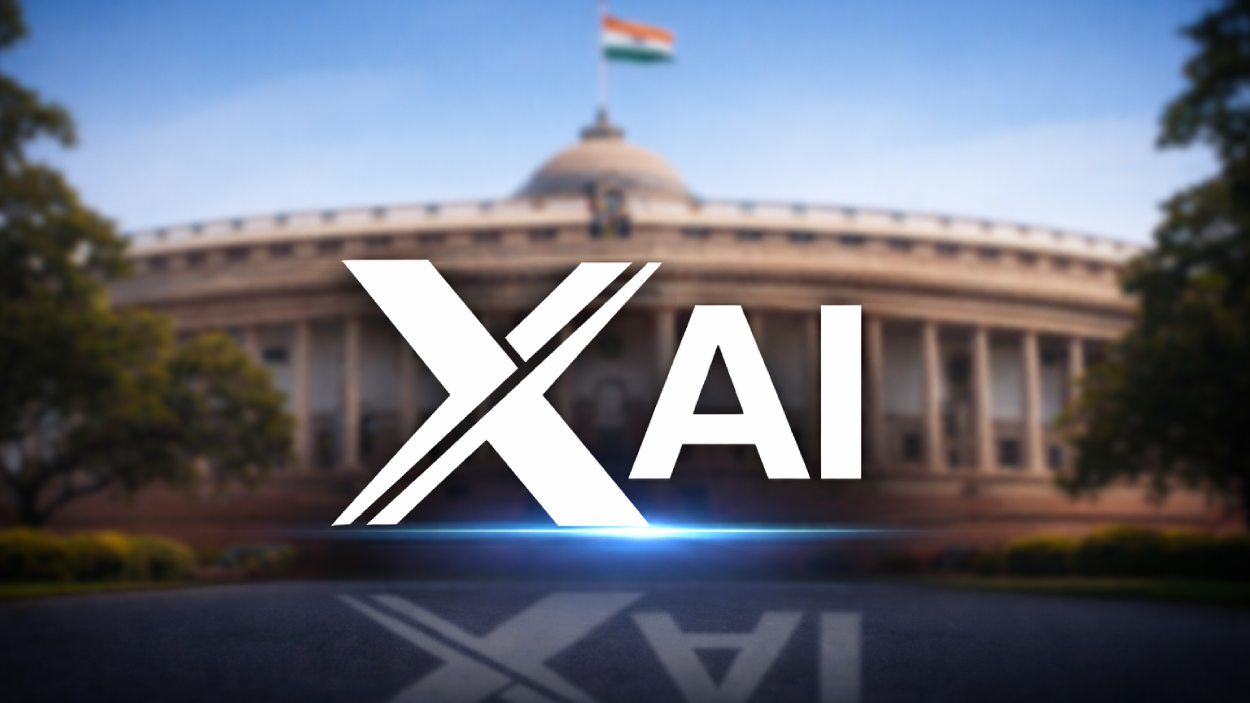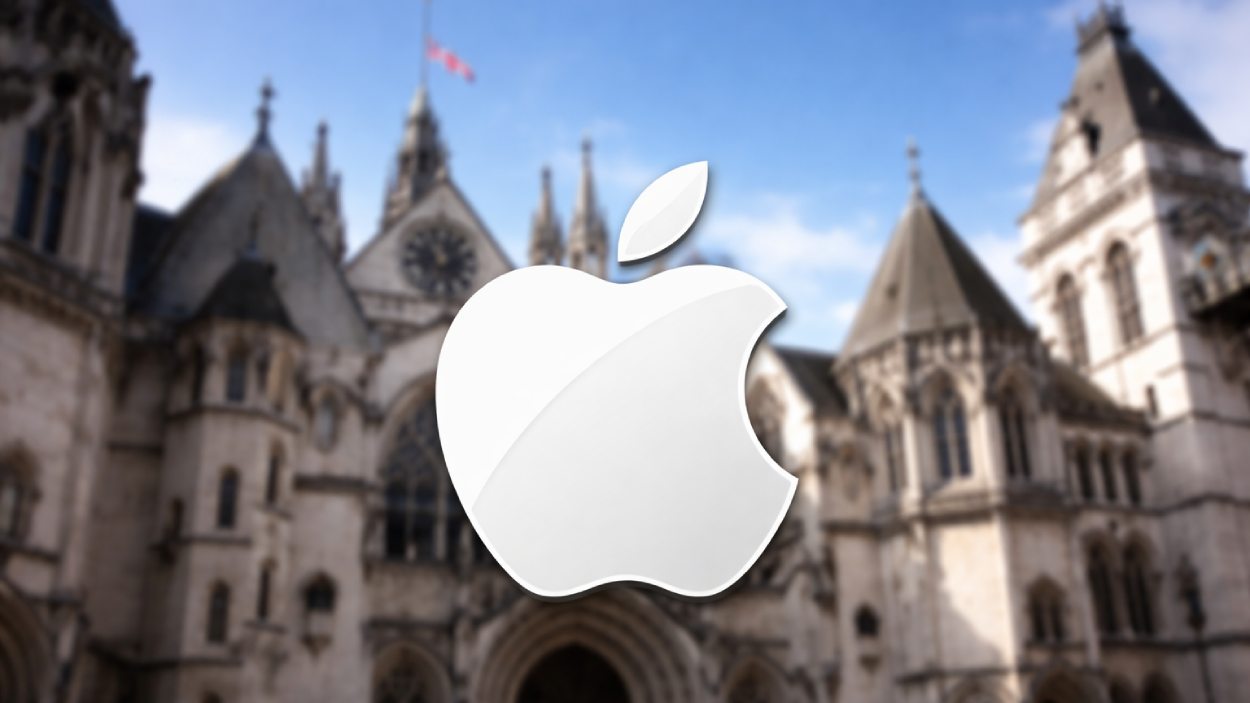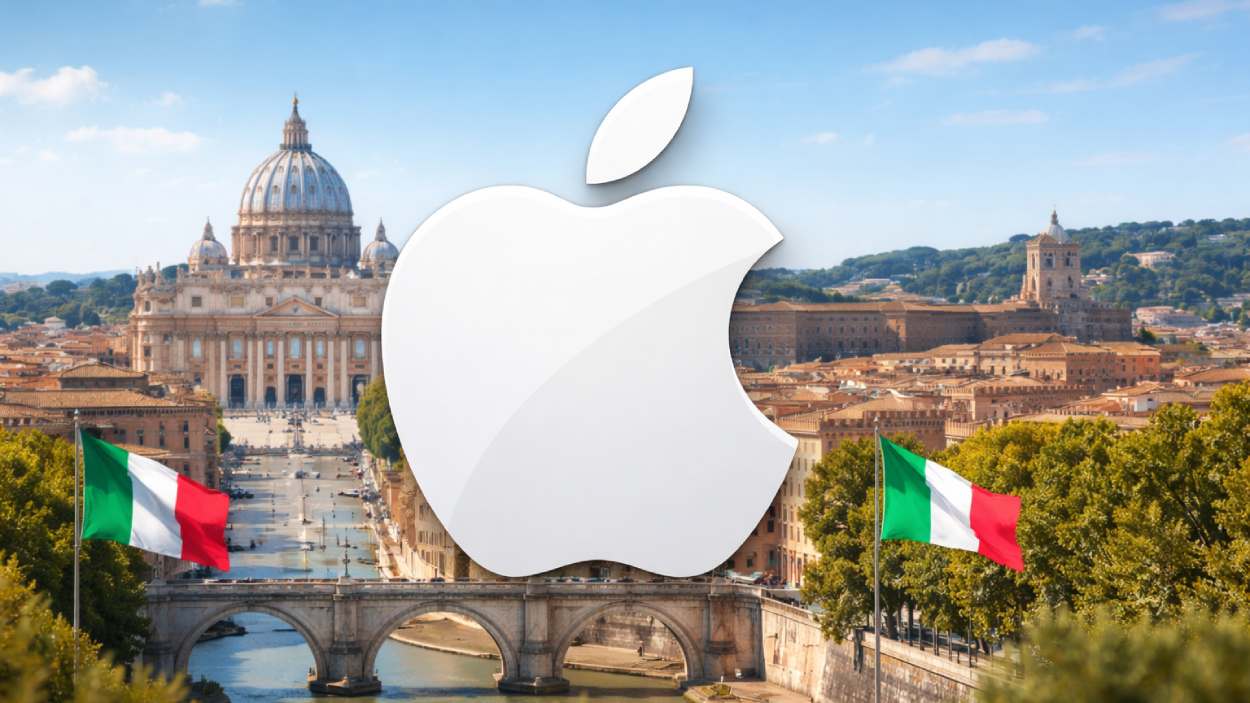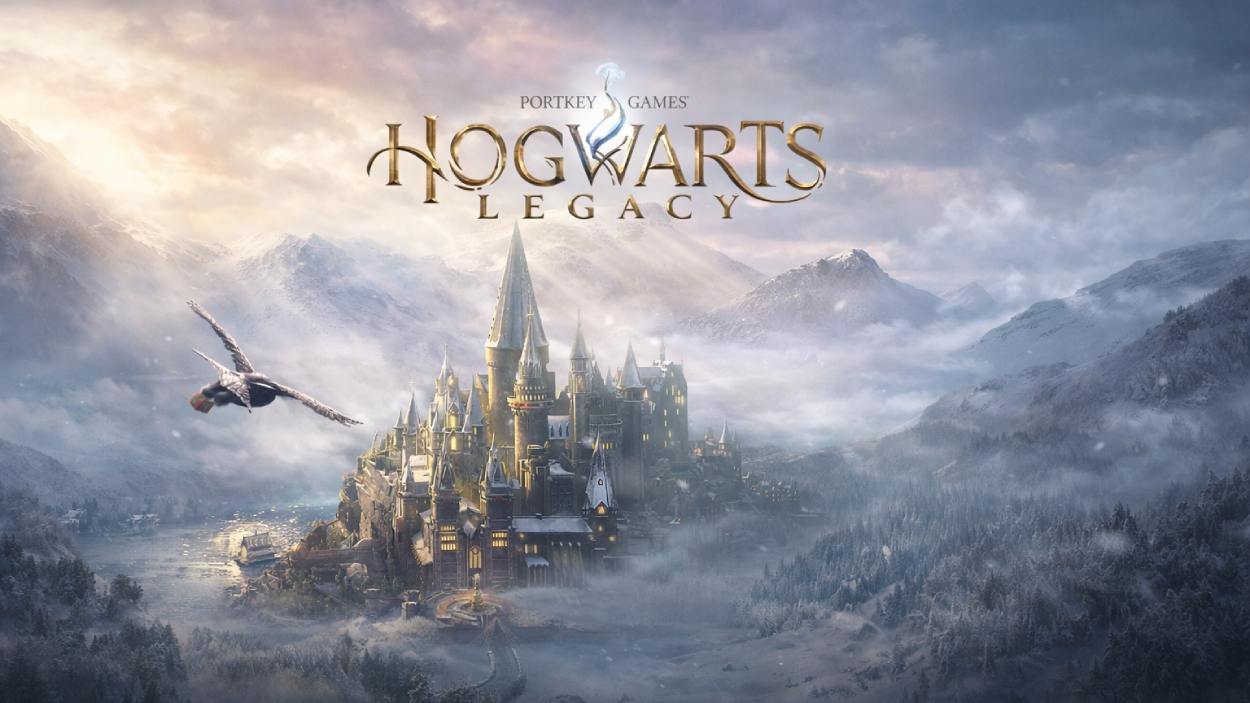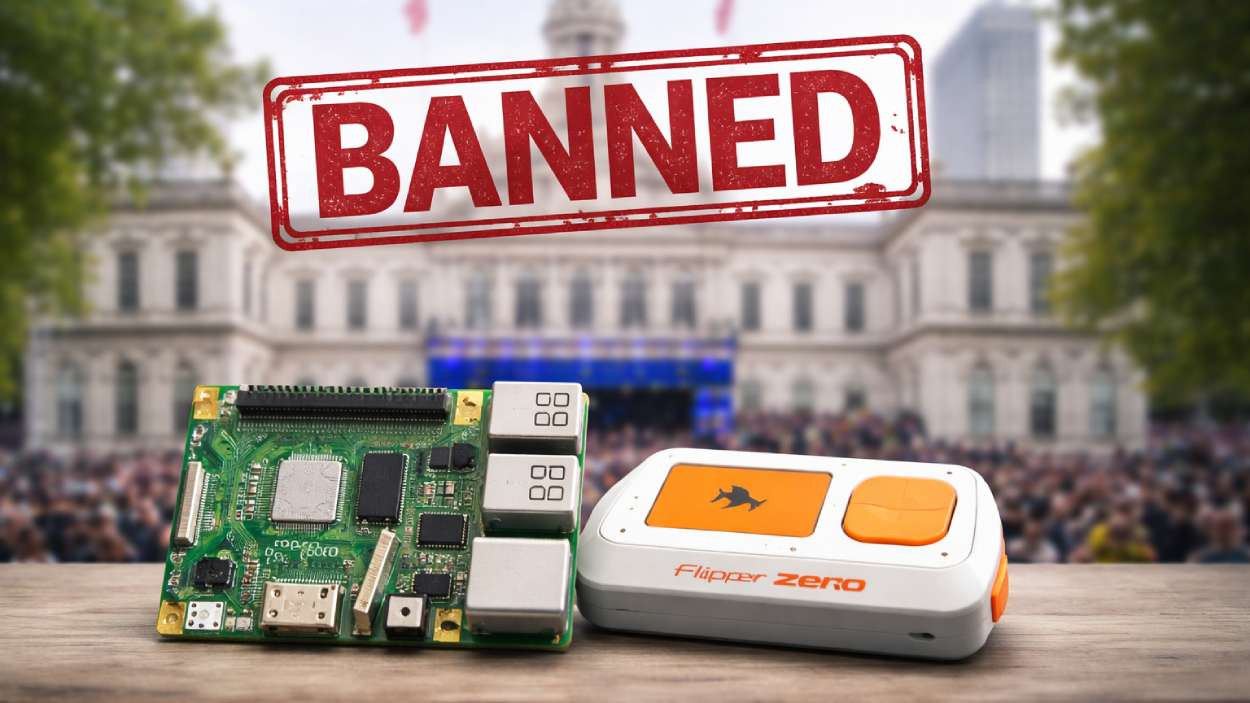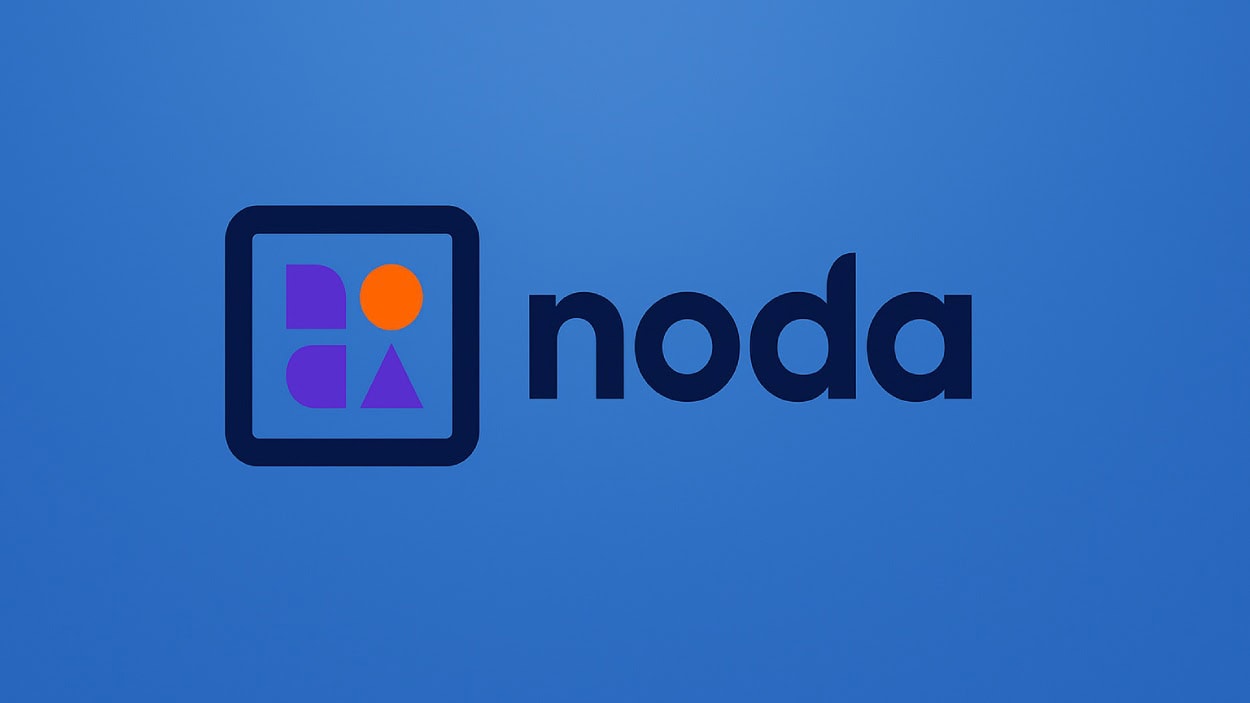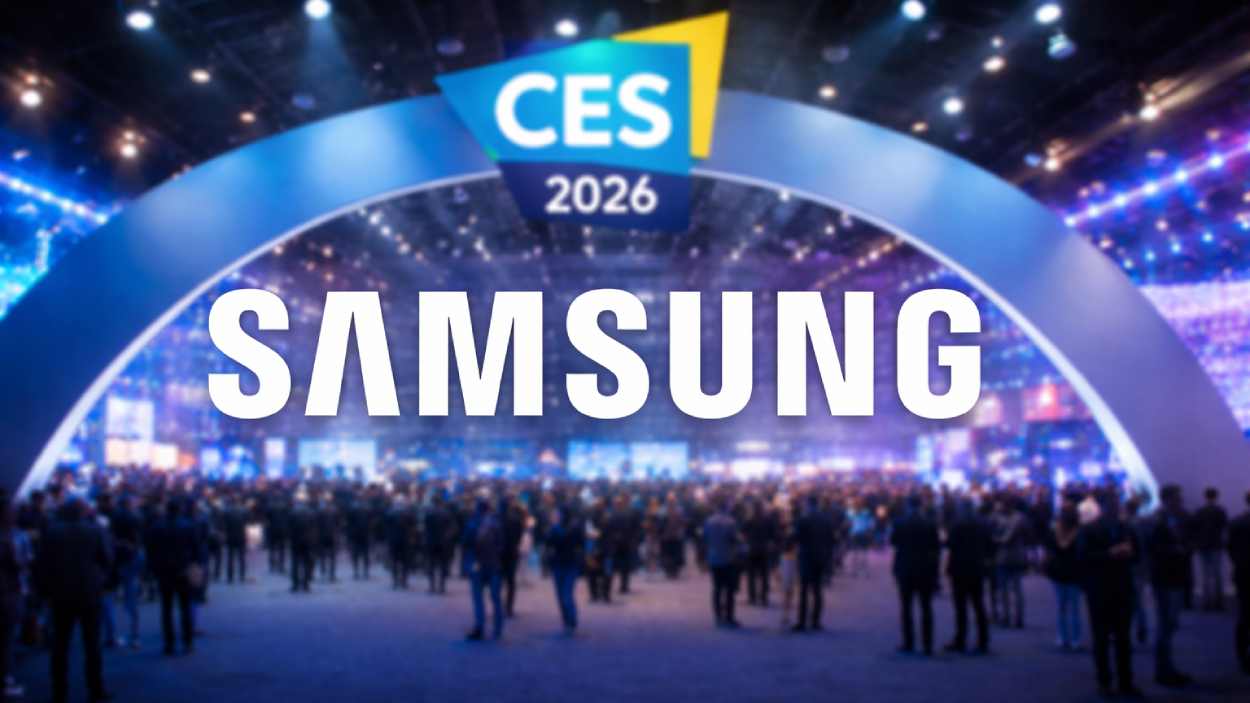Social media algorithms now shape the information we see. In 2025, over 5.4 billion people will engage with personalized feeds daily, each tailored by complex models that sort, amplify, or bury content based on real-time behavior. These algorithms affect everything from advertising campaigns to political messaging, and even how quickly viral trends, like viral TikTok shopping hits, drive consumer purchases. For everyday users, this means our feeds are sculpted to keep us scrolling, or buying. Explore the full article for a data-rich look at how algorithms impact visibility, engagement, and more.
Editor’s Choice
- 5.42 billion global social media users power the algorithm across platforms.
- The average individual uses 6.83 networks monthly.
- $276.7 billion projected in global social media ad spend for 2025.
- Users spend 2h 20m daily on social platforms globally.
- Algorithms now process 181 zettabytes of data annually, a figure that includes both consumer and enterprise behavioral data used across platforms.
- TikTok virality drove Stanley Tumbler sales from $73M to $750M in a few years.
- False news stories on Twitter (pre-X) spread up to 20 times faster than accurate ones, a dynamic that worsened when professional fact-checking was absent.
Recent Developments
- Algorithms now process real-time signals like dwell time, comments, and cross-platform behavior.
- AI-driven ranking on Instagram gives priority to Reels over photos or Stories.
- Platforms aim to cut spam and elevate trusted content, yet criticism grows over sensationalism and factual inaccuracy.
- Meta transitioned some fact-checking roles to community-driven systems; in its transparency report, the company states that fewer than 5% of submitted community fact-check notes are approved and published, mainly due to verification requirements.
- X (formerly Twitter) introduced algorithm tweaks to reduce negativity, though defining “negative” remains controversial.
- Musks’ engagement with right-wing figures on X triggered 2× to 40× reach boosts.
- Bill S. 278 (Kids Off Social Media Act) proposes banning algorithmic personalization for users under 17.
Top Social Media Platforms by Active Users
- Facebook leads all platforms with 3.07 billion active users, solidifying its dominance in global social media reach.
- YouTube comes second with 2.5 billion users, continuing to thrive on video content and creator monetization.
- Instagram and WhatsApp are tied at 2 billion users each, showcasing Meta’s strong ecosystem.
- TikTok boasts 1.58 billion active users, driven by viral short-form content and Gen Z engagement.
- WeChat has 1.34 billion users, reflecting its central role in China’s digital ecosystem.
- Facebook Messenger maintains relevance with 1.01 billion active users, supporting global communication.
- Telegram hits 900 million users, gaining traction for its privacy features and large group capabilities.
- Snapchat records 800 million users, appealing mostly to younger demographics with visual messaging.
- Douyin, TikTok’s Chinese counterpart, has 755 million users, fueling China’s short-video trend.
- Kuaishou follows with 700 million users, popular in lower-tier Chinese cities.
- X (formerly Twitter) reaches 611 million users, adapting under its rebranding.
- Weibo, China’s microblogging platform, reports 598 million users.
- QQ, a legacy Chinese platform, still has 554 million active users.
- Pinterest rounds out the list with 498 million users, strong in niche lifestyle and shopping interests.
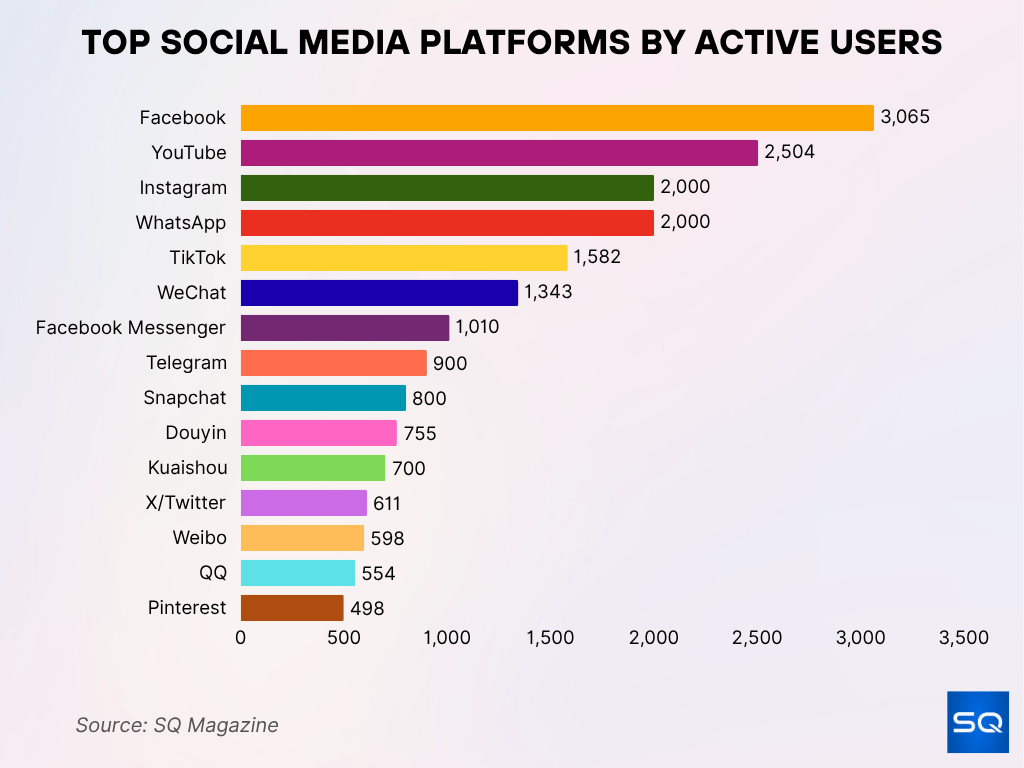
Impact on Content Visibility
- Visibility now hinges on behavior, likes, watch time, comments, and even video pauses, and feed ranking systems.
- Instagram’s format hierarchy: Reels > Carousels > Stories > Images.
- Video and short-form content dominate algorithmic feeds across platforms.
- Platforms A/B-test continuously to tune ranking signals, making content visibility more volatile.
- Spam and clickbait filters are stronger, reducing reach for low-quality content.
- Platforms choose content based on “user intent,” not just popularity.
- Content posted in real-time may be deprioritized compared to content that generates deeper engagement.
Effect on User Engagement Metrics
- Engagement is favored over pure reach in ranking algorithms.
- False or controversial content on Twitter (pre-X) spreads up to 20× faster than true content.
- Algorithm nudges have sharp effects on influencer and political reach.
- Changing ranking signals require content creators to adapt faster to maintain engagement.
- Community-based fact-checking rarely impacts engagement due to low publishing rates.
- Strategies focusing on Reels/video formats yield significantly higher viewer interaction.
- Real-time feedback loops amplify viral trends but also pressure creators to chase algorithmic favor constantly.
Most Utilized Social Media Platforms by Marketers
- Facebook remains the top choice for marketers, with 86% actively using it for campaigns and brand engagement.
- Instagram follows closely, utilized by 79% of marketers to leverage visual content and influencer reach.
- LinkedIn is used by 65% of marketers, especially for B2B targeting and professional audience building.
- YouTube is employed by 51%, tapping into long- and short-form video content for brand storytelling.
- X/Twitter is used by 31% of marketers, serving as a platform for real-time updates and customer service.
- TikTok, despite its fast growth, is used by only 28% of marketers, showing room for future adoption.
- Threads, Meta’s newer platform, is used by just 9%, indicating it’s still gaining traction among marketers.

Influence on Consumer Buying Behavior
- Short video content drives discovery; 78% of consumers prefer learning about products via short videos.
- Viral TikTok posts boosted Stanley Tumbler sales from $73M to $750M.
- Platforms like TikTok Shop turn views into immediate sales via shoppable feeds.
- Trust in social commerce is fragile; consumers push for reliable reviews and transparency.
- Algorithmic influence now includes early design consideration, and brands tailor products to be algorithm-friendly.
- Personalized recommendations based on user behavior convert significantly more than generic promotions.
- Social media ad investments target algorithm-driven buying channels, with nearly $276.7B in ad spend.
Role in Shaping Public Opinion
- Algorithms promote emotionally charged and sensational content, increasing polarization.
- Algorithmic radicalization and echo chambers remain concerns, as content reinforcing biases gets amplified.
- Community fact-check systems fail to curb misinformation effectively.
- Platforms often prioritize engagement, even at the expense of truth and cohesion.
- Calls grow for regulating algorithmic prominence to favor trusted news sources.
- Language evolution, “algospeak,” is influenced by platform moderation logic and engagement norms.
- Public discourse shifts faster under algorithmic steering, sometimes distorting nuance and debate.
Top Social Media Challenges Faced by Marketers
- Engagement and reach are the biggest hurdles, cited by 32.2% of marketers struggling to maintain visibility and interaction.
- 21.8% of respondents find it challenging to keep up with individual platform trends and algorithms, impacting content performance.
- Content creation is a concern for 12.6%, reflecting the pressure to produce high-quality, consistent posts.
- Social media strategy development troubles 9.2% of marketers, pointing to issues with planning and long-term vision.
- Authenticity and relevancy are difficult for 6.9%, showing the need for genuine and timely brand messaging.
- Measuring ROI remains a pain point for 5.7%, highlighting the difficulty in tracking tangible returns.
- Social media management itself is a challenge for 3.4%, involving workflow, team collaboration, and tool usage.
- Other challenges are reported by 8.0%, possibly including issues like time constraints, resource limitations, or platform policy changes.
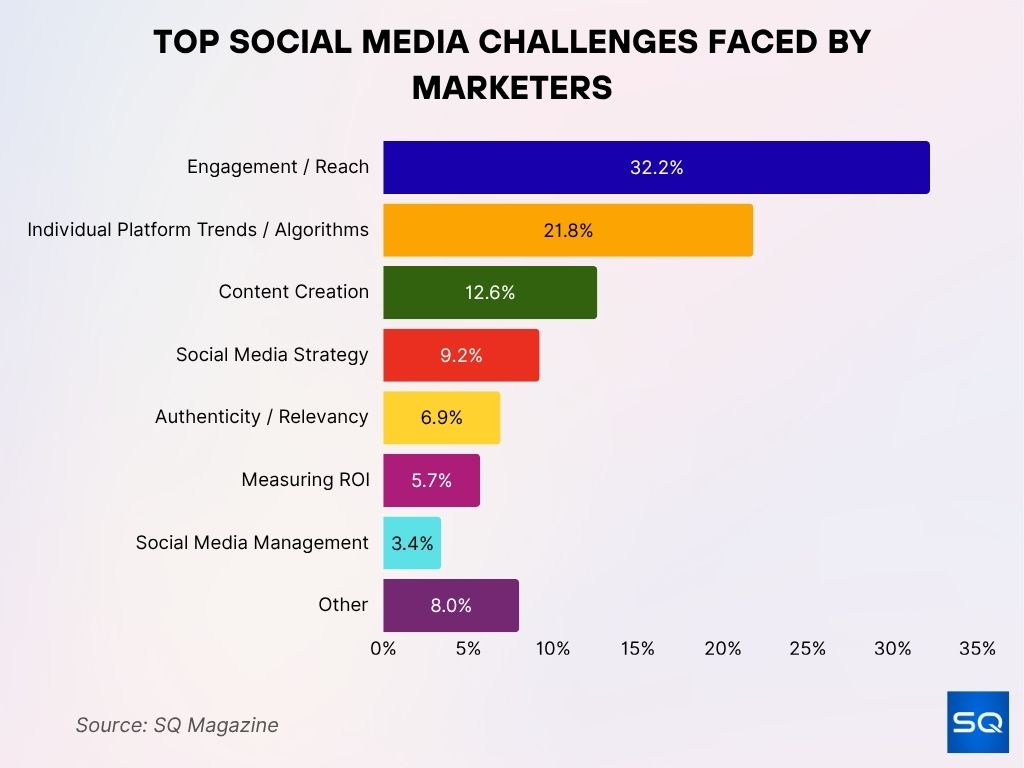
Effects on Mental Health and Well‑Being
- Over 50% of teenagers report feeling anxious or depressed after social media use.
- 38% of teens say anxiety spikes when they exceed 3 hours daily on social platforms.
- Only 41% of youth feel they can control how much time they spend online, highlighting a lack of agency.
- 46% of respondents report direct exposure to online harassment, which can affect both mental and social well-being.
- Deactivating Facebook and Instagram for a short period improved mood and clarity, being 15–22% as effective as standard therapy tools.
- Cyberbullying increases depression rates by around 70% among affected teens.
- 78% of users engage with social media before bed, leading to sleep disruptions tied to anxiety.
- Nearly 40% of adults feel lonely or isolated due to social media use patterns.
Amplification of Divisive or Emotionally Charged Content
- Facebook’s algorithm promoted misinformation sources at rates 64% higher than factual sources, making them a significant driver of engagement with misleading posts.
- Facebook’s algorithm boosts false-post impressions by +22% on average.
- YouTube’s algorithm recommends at least one misleading video in every 5 personalized sessions.
- On TikTok, misinformation is 15% likely to go viral due to velocity-based feed logic.
- Twitter’s algorithm amplifies divisive content more than what users say they want to see.
- Low‑credibility domains perform better algorithmically, gaining more visibility than higher-credibility ones.
- Emotional or moral messaging spreads faster, dragging misinformation along for the ride.
- Even well-intended tools struggle; despite flags, corrections rarely catch up with the original misinformation.
Advanced Tracking Strategies to Measure Social Media ROI
- 24.7% of marketers use CRM data integrated with social media analytics to gain deeper ROI insights.
- 20.9% track customer lifetime value (CLV) in relation to social media engagement to understand long-term impact.
- Another 20.9% rely on conversion tracking tied to specific social media campaigns, connecting actions directly to results.
- 17.6% use revenue tracking via UTM parameters and Google Analytics, focusing on attribution from clicks to conversions.
- 15.9% apply attribution modeling across multiple touchpoints to map the complete customer journey.
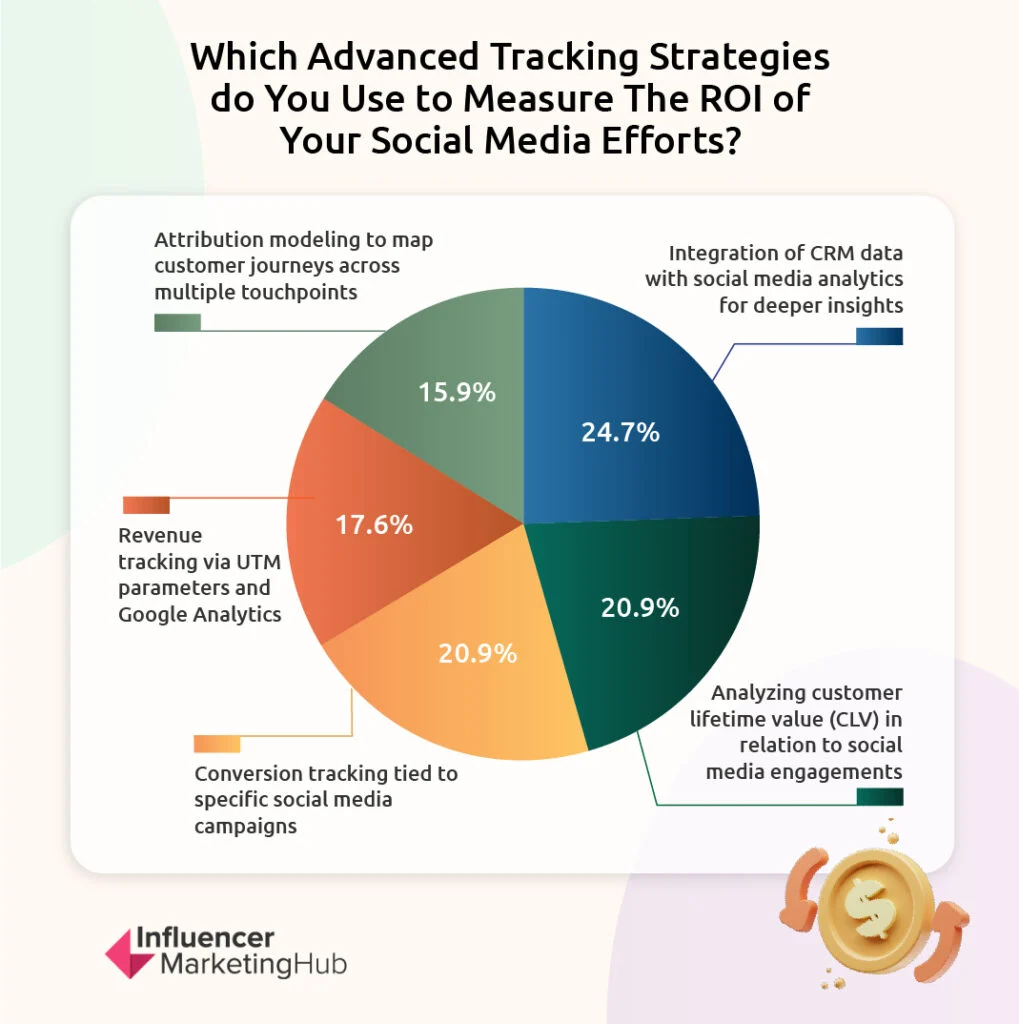
Privacy Concerns Related to Algorithmic Data Collection
- 86% of Americans say data privacy is a growing concern.
- 72% believe strict government regulation is needed over personal data use.
- Approximately 89% of Americans worry about social media platforms handling kids’ personal data.
- 33% of people have left social platforms due to privacy policy concerns.
- Facebook, Messenger, and Instagram score highest in the privacy risk index.
- Globally, 75% fear their personal information is used by companies for marketing without permission, and 68% fear government misuse.
- Only 47% of consumers trust social platforms to protect their data sufficiently.
- Meta’s AI models may train on publicly posted children’s photos, raising ethical alarm.
Effect on Content Diversity and Alignment
- Algorithmic feeds often prioritize a narrow set of content types, limiting exposure diversity.
- Platforms are beginning to make algorithms more transparent, allowing users to tailor what they see.
- Emphasis remains on high-engagement formats, like videos, reducing visibility for text or imagery.
- Cross-format content journeys shape what gets surfaced to users, often reinforcing narrow habits.
- Algorithm exposure isn’t reflecting user-stated preferences, and feeds often misalign with what users say they want.
- Platforms continue to test ranking models via A/B analysis, dynamically altering distribution patterns.
- Trustworthy or niche voices struggle to break through the algorithm-driven noise.
- Increasing demand for “prosocial media” models that prioritize empathy and inclusivity over sensationalism.
Marketers’ Views on Blaming Algorithms for Campaign Issues
- 47.5% of marketers rarely blame social media algorithms for their marketing challenges, suggesting they see other factors at play.
- 40% of respondents often hold algorithms responsible, highlighting ongoing frustration with visibility and reach.
- Only 12.5% say they never blame algorithms, indicating a minority fully trust platform fairness.
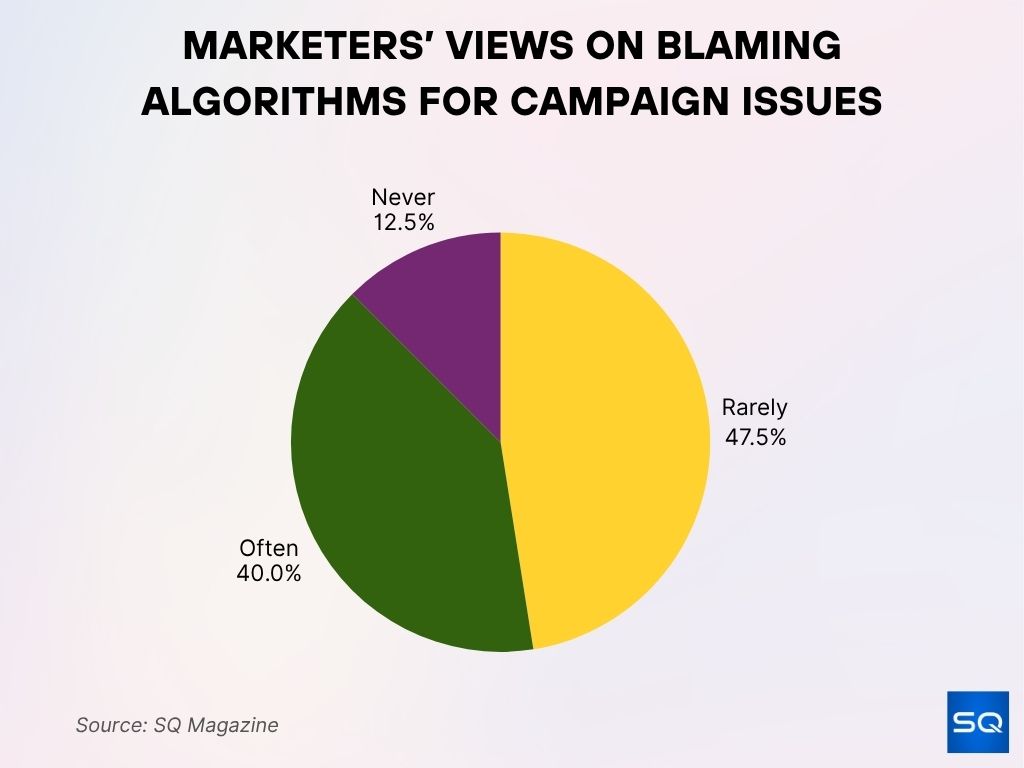
Trends in Sponsored and Branded Content
- Instagram’s beauty EMV dropped 28%, from $1.18B to $847.6M in Q1 2025.
- Brands lean on mid-tier creators for higher authenticity and performance.
- Long-form content is making a comeback, reversing short-video dominance.
- Marketers increasingly repurpose content, 48% adapt similar posts across platforms, while 34% create from scratch.
- AI-driven tools support more dynamic sponsored content creation and targeting.
- Creator authenticity styles, community-led rather than celebrity, drive stronger brand engagement.
- Sponsored content aligns more with user behavior and intent sequences than brand push.
- Some sectors still rely heavily on algorithmically preferred formats, like short video ads.
Algorithm Influence Across Major Social Media Platforms
- Facebook’s algorithm prioritizes engagement, often promoting viral, divisive, or politically charged content, which can create filter bubbles and echo chambers.
- YouTube’s recommendation engine, responsible for around 70% of users’ viewing, often pushes content based on user behavior that may amplify sensational or extremist topics.
- TikTok’s FYP (For You Page) algorithm uses micro‑behavior signals, like viewing pace and interaction, to deliver highly addictive short videos tailored to individual tastes.
- During the 2024 U.S. election found that TikTok’s recommendation engine displayed 11.8% more right-leaning political content to accounts seeded as Republican and 7.5% more opposing-party content to accounts seeded as Democratic.
- On X (formerly Twitter), the “For You” feed recommends posts beyond followed accounts, with half of tweeted content coming from algorithmic suggestions, often amplifying right-leaning viewpoints.
- Instagram’s algorithm favors Reels and video content over static images, prioritizing formats that drive higher engagement.
- Across all platforms, the shift toward AI‑driven, behavior‑based targeting continues, with each platform tuning its model uniquely to maximize content relevance and time spent.
Fastest-Growing Social Media Platforms Worldwide
- Instagram tops the list with a 25.3% growth rate, fueled by Reels, influencer marketing, and Gen Z adoption.
- Pinterest follows closely with 23.2% growth, driven by visual search, shopping integrations, and niche audiences.
- LinkedIn sees a strong 13.9% growth, reflecting its rising use for content marketing and B2B engagement.
- X/Twitter reports 11.3% growth, suggesting renewed interest post-rebranding and real-time discussion features.
- Snapchat has grown 6.8%, maintaining its core user base with AR filters and ephemeral content.
- Facebook continues modestly with 3.1% growth, largely due to legacy users and group/community tools.
- YouTube sees the slowest growth at 0.9%, despite its dominance in long-form video, indicating market saturation.
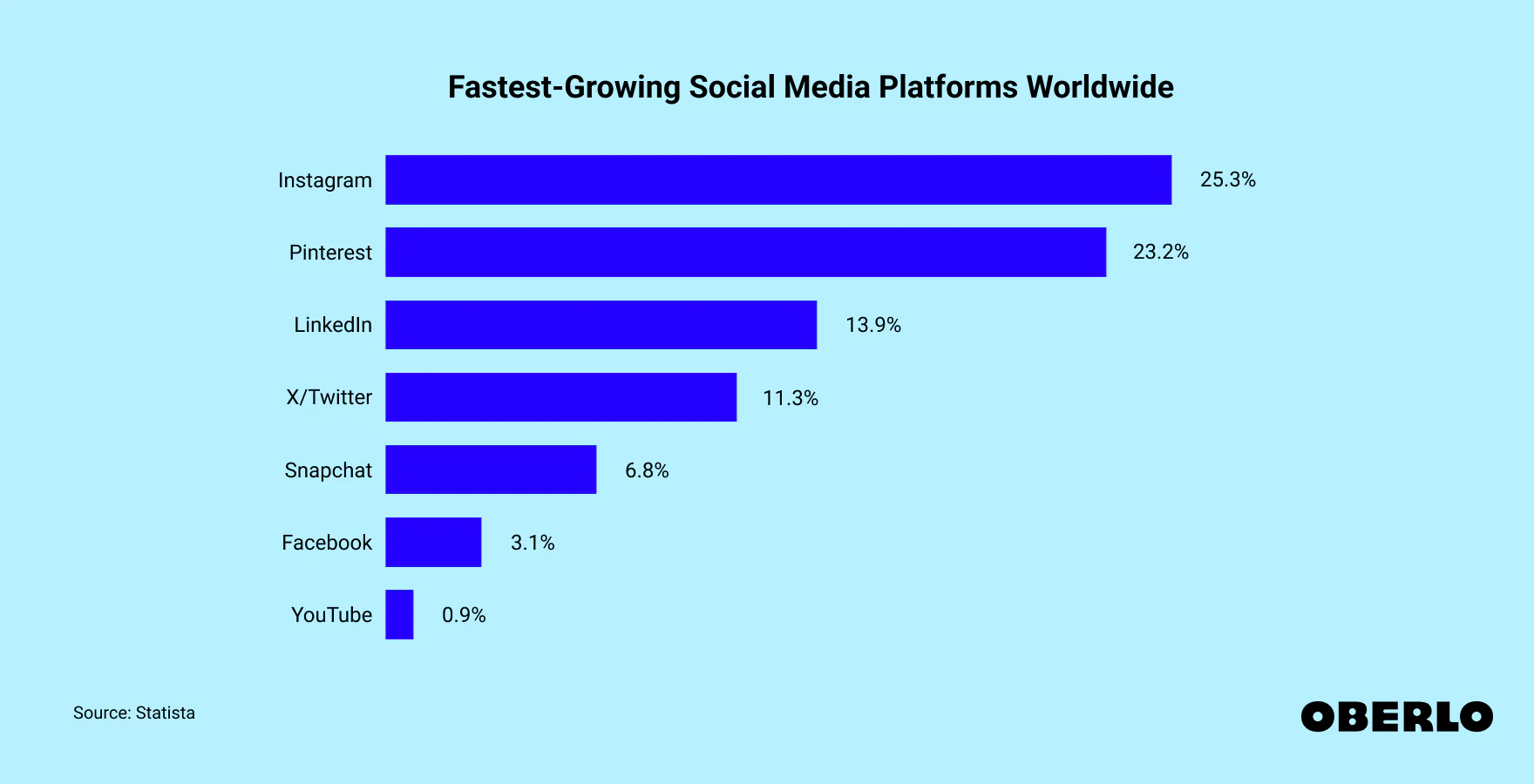
Correlation between Algorithm Changes and Engagement Rates
- Meta’s AI-powered Reels recommendations increased ad conversion by about 5%.
- Pinterest’s AI ad tools drove a 17% year-over-year revenue rise, showing engagement-to-revenue alignment.
- Snap’s revenue growth slowed to 8.7%, reflecting possible misalignment between ad algorithm tweaks and user engagement.
- AI-led personalization can boost user engagement by adapting content in real time.
- Platform A/B tests reveal that even small tweaks in ranking logic can shift engagement rates noticeably.
- Reduced organic reach for brands pushes up engagement metrics for paid posts instead.
- Engagement rates now serve as critical feedback loops in algorithm refinement.
Effects on Ad Revenue and Monetization
- Social media ad spend is projected at $276.7 billion in 2025, growing at ~9.4% annually through 2029.
- By 2030, 83% of social ad budgets will be spent on mobile delivery.
- Meta’s Q1 revenue hit $42.3 billion, propelled by AI-enhanced advertising tools.
- Meta may gain an additional $28 billion per year by 2030 via AI-generated ad creatives.
- Snap’s ad revenue growth lagged at 8.7%, highlighting competitive pressure in algorithm-driven monetization.
- Pinterest grew its ad revenue by 17%, driven by AI-powered ad targeting and Gen Z engagement.
- Industry-wide trend, merging creativity with AI, $30 billion merger between Omnicom and Interpublic emphasizes this shift.
Social Media Algorithms Marketers Struggle With the Most
- 30% of marketers report the Facebook algorithm as the most difficult to navigate, citing visibility and engagement issues.
- Instagram’s algorithm is a challenge for 25%, often due to frequent changes and limited organic reach.
- 20% struggle with the Twitter (X) algorithm, particularly around content prioritization and declining impressions.
- 17% find the LinkedIn algorithm difficult, with concerns about inconsistent reach and low content shelf life.
- Both TikTok and Pinterest are cited by 9% of marketers, indicating relatively lower friction compared to other platforms.

Changes in Content Recommendations Over Time
- Recommendation engines now rely on deep learning across likes, watch time, comment engagement, and even pauses.
- Platforms use A/B testing to fine-tune ranking algorithms in real time.
- The shift to AI-generated “highlight reels” and short videos improves viewer retention and recommendation relevance.
- Reels now rank higher than carousels or stories on Instagram due to new format weighting.
- As algorithms evolve, older content may resurface if engagement resurges.
- User intent modeling now plays into content visibility, predicting what users might engage with next.
- Personalization logic continues expanding, and contextual signals now influence recommendations even in live streams.
Impact on Time Spent on Platforms
- The average global time spent on social media is 2 hours, 20 minutes daily.
- Gen Z spends an average of 2 hours, 51 minutes daily, significantly higher than other age groups.
- Social platforms are often more engaging than traditional media; Gen Z and millennials report 56% better relevance from user-generated content than TV.
- Enhanced personalization leads to longer sessions and increased monetization opportunities inside apps.
- Platforms adjust content presentation to retain users, thereby increasing time spent.
Personalization and Targeted Advertising
- Targeted campaigns cost much less on a per-result basis, approx. $1.69 per brand search, versus $15.65 for general ads.
- Click costs only $0.16 per click via targeted campaigns vs $0.72 otherwise.
- AI-driven ad tools allow advertisers to input goals and budgets while algorithms dynamically create and place ads.
- Personalization spans live programming, interactive ads, and contextual experiences (e.g., FAST channels).
- Inefficiencies exist, and some ad deliveries skew along demographic lines even with neutral targeting, raising ethical concerns.
- Because of precise targeting, CTRs and conversions in personalized campaigns remain much higher.
Factors Affecting Algorithmic Ranking
- Ranking is based on engagement quality metrics (saves, shares, comments over likes) combined with intent modeling.
- Format matters; videos (e.g., Reels) now outrank static images or stories.
- Algorithms fine-tune through continuous A/B testing and feedback loops.
- Gaming the system (click farms, bots) can briefly boost visibility but ultimately risks penalties.
- Cross-platform behavior (e.g., usage of Threads or Facebook) contributes to how content is ranked.
- External context signals, like trending audio or local interest, help content rank higher.
- Platforms now balance user satisfaction and ad revenue, optimizing for long-term engagement.
Conclusion
Algorithms now lie at the heart of social media’s effect on visibility, engagement, and monetization. In 2025, AI-fueled tools shape not just what users see, but how they consume, interact, and even spend. As ad dollars continue flowing, $276.7 billion in 2025 alone, the pressure mounts for creators and brands to adapt to algorithmic Darwinism.
From the rise of Reels to personalized buying journeys and ethical debates over targeting fairness, this evolving landscape demands both creativity and scrutiny. Stay tuned, analyze your performance, and let the data guide your strategy forward.





